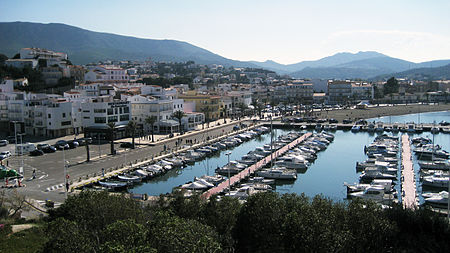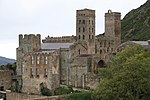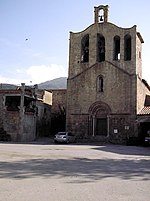Llançà
Municipalities in Alt EmpordàPages with Catalan IPAPopulated places in Alt EmpordàProvince of Girona geography stubs

Llançà (Catalan pronunciation: [ʎənˈsa]) is a municipality in the comarca of the Alt Empordà in Catalonia, Spain. It is situated on the coastline of the Costa Brava, between the Cap de Creus and the French frontier and is an important fishing port and tourist centre. The N-260 connects the town with Figueres and continues on to the border at Portbou. The GR 92 long distance footpath, which roughly follows the length of the Mediterranean coast of Spain, has a staging point at Llançà. Stage 1 links northwards to Portbou, a distance of 9.8 kilometres (6.1 mi), whilst stage 2 links southwards to Cadaqués, a distance of 20.3 kilometres (12.6 mi).
Excerpt from the Wikipedia article Llançà (License: CC BY-SA 3.0, Authors, Images).Llançà
Carrer de Pep Ventura,
Geographical coordinates (GPS) Address Nearby Places Show on map
Geographical coordinates (GPS)
| Latitude | Longitude |
|---|---|
| N 42.369444444444 ° | E 3.1611111111111 ° |
Address
Carrer de Pep Ventura
Carrer de Pep Ventura
17490
Spain
Open on Google Maps











